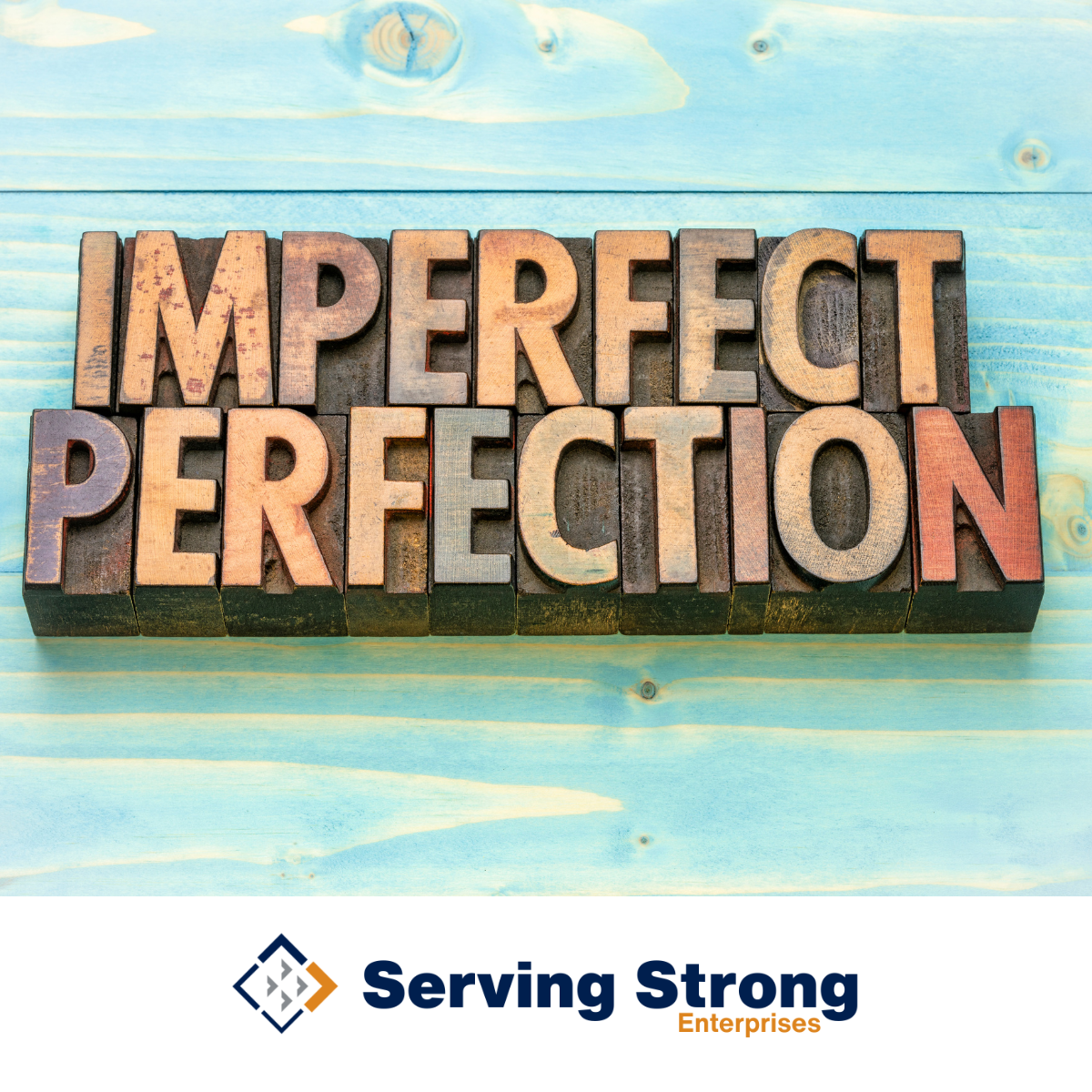What Is A Design?
The purpose of your design is the purpose of your design
According to Wikipedia, design is defined as, "A plan or specification for the construction of an object or system or for the implementation of an activity or process, or the result of that plan or specification in the form of a prototype, product or process. The verb to design expresses the process of developing a design."
I want to pull out a phrase that is appropriate to our discussion of design in terms of The Art Of Excellence. That phrase is:
"...for the implementation of..."
This is the object of the design itself. It's the end game, the final result, the purpose, the why. We cannot begin to define design unless there is a purpose behind it. As I was talking with a client the other day, we were remarking about how powerful it is when every action of an organization can be tied back to the mission. Everything makes sense. It's easier to gauge how successful you are.
You are a unique design. Even though you may resemble another person with the number of eyes, a nose, 10 fingers and toes, you are still quite unique. Here are the main components of your design in the context of The Art Of Excellence:
- Your Passion. This is your drive. It's what motivates you from within. It's what you care about. It's what makes you come alive. It's what makes your heart sing. It can be made of a lot of different triggers. You may love puppies and sunsets and helping the homeless find a home. It's as unique as your fingerprint.
- Your Personality. This is how you view the world. There are a multitude of personality assessments available to begin to get a handle on where you are on the "spectrum" of personality. But watch out that they don't label you. That said, there are 2 main continuums on which you will likely fall. The first is PEOPLE VERSUS TASK, and FAST VERSUS METHODICAL. There are people-fast (these are the party animals) which we will call Otters, playful and upbeat most of the time. There are people-methodical (these are the counselors) which we will call Golden Retrievers, caring and empathetic. There are task-fact (these are the leaders of orgs) which we will call Lions, go-getting entrepreneurs. And lastly, there are task-methodical (these are the CPA and actuaries) which we will call Beavers, who are "busy as a beaver".
- Your Proficiency. This is the accumulation of abilities that you have been given by birth or learned through education or experience. When you are engaged in a proficiency, time flies by and it's hard to explain to another person how to do what you do so well because it comes so naturally to you.
Be careful not to confuse your design with the purpose of your design. The aim is not to follow your passion, personality, and proficiency. If you do, you enter what is known as the "comfort zone". The aim is to follow your passion, personality, and proficiency for the purpose of a higher calling. More about that in a later post.
ACTION STEP
Pick one or more of the following:
- List what you're passionate about
- Determine where you are on the people-task continuum and the fast-methodical continuum
- List all your proficiencies, what comes naturally, what you've learned by education, and what you've developed through experience
Share with others




Serving Strong Enterprises, LLC
PO Box 246, Canfield, OH 44406 ◻️ coach@servingstrong.com
Copyright 2024 ◻️ Serving Strong Enterprises, LLC









